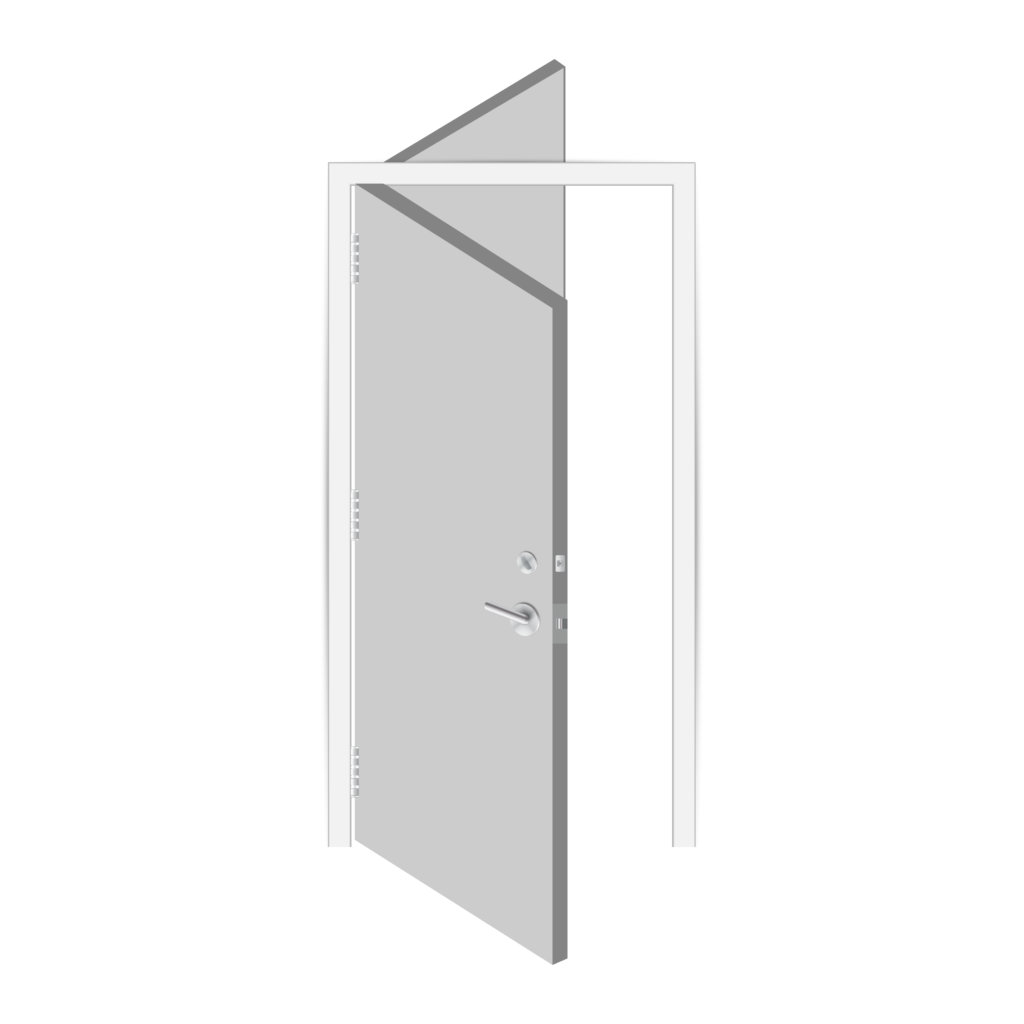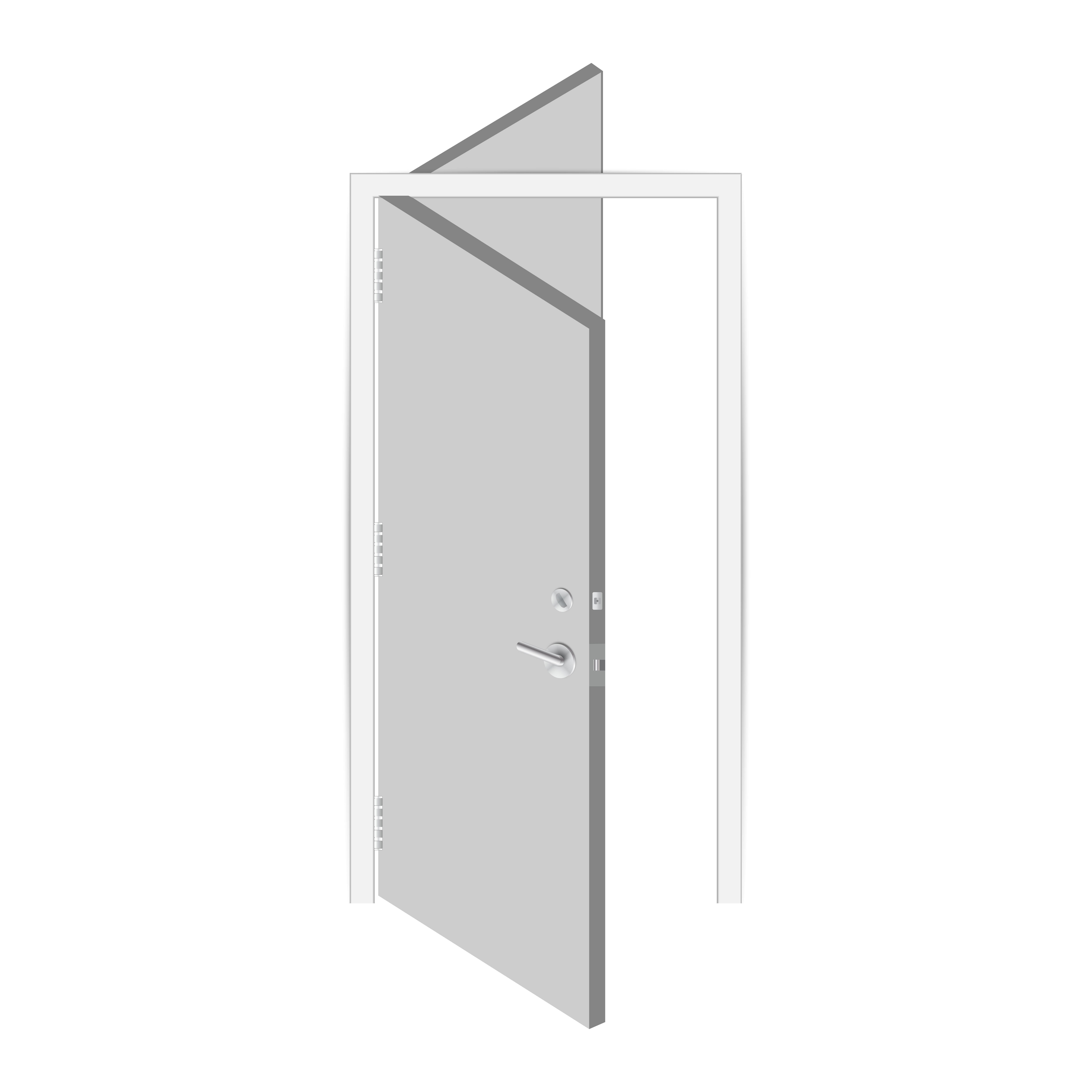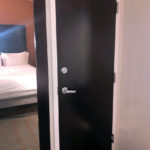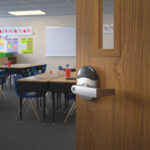Continuing with my Decoded column’s new question-and-answer format, this month’s question is a common one related to hotels and motels. If you have a code question you’d like to see answered in my column, you can submit it by visiting iDigHardware.com/decoded-qa.
This Decoded article will be published in the June/July 2023 issue of Door Security + Safety
.

 NFPA 80 is the Standard for Fire Doors and Other Opening Protectives, and includes the detailed requirements for fire door assemblies. One of the cardinal rules for fire doors is that they must be closed and latched if a fire occurs, to protect the opening in the wall and help to prevent the fire from spreading beyond the room of fire origin. This month’s Decoded question covers one of the few exceptions to self-closing requirement.
NFPA 80 is the Standard for Fire Doors and Other Opening Protectives, and includes the detailed requirements for fire door assemblies. One of the cardinal rules for fire doors is that they must be closed and latched if a fire occurs, to protect the opening in the wall and help to prevent the fire from spreading beyond the room of fire origin. This month’s Decoded question covers one of the few exceptions to self-closing requirement.
Question: Are communicating doors between adjoining hotel rooms required to be self-closing, self-latching fire door assemblies?
A communicating door is an opening where two doors are installed within one frame – each swinging in the opposite direction. This type of assembly is commonly found between adjoining rooms in a hotel or motel, to allow convenience for family or friends sharing the rooms. Each leaf is typically equipped with a latchset and a deadbolt on the hotel room side of the door; often there will be no visible hardware between the two doors. For security purposes, occupants of both rooms would have to retract their deadbolts for access between rooms.
When the rooms are occupied by separate parties, the communicating doors must maintain the fire-resistance of the partition between the rooms, as well as providing security. To function as opening protectives, communicating doors between sleeping rooms are typically required to be 20-minute or 45-minute fire door assemblies. The required latching hardware helps to ensure that when these doors are in the closed and latched position, they will help to deter the spread of smoke and flames.
Annex A of NFPA 80 includes explanatory material to help clarify the intent of the standard. Communicating doors between hotel rooms are mentioned in the annex with regard to this line from the standard: “Unless otherwise permitted by the AHJ, a closing device shall be installed on every fire door.” The annex paragraph references limited circumstances where a door closer might not be necessary, and could be omitted if allowed by the Authority Having Jurisdiction (AHJ). One of the examples included in the annex is where there is a communicating door between hotel/motel sleeping rooms: “In this instance, when the communicating rooms are occupied by separate parties, the communicating doors are part of the guest room separation and normally would be closed. However, if the suite of rooms is occupied by a single party, the communicating doors are no longer part of the guest room separation because the suite of rooms would be considered a single guest room.”
Although NFPA 80 references the AHJ’s approval to allow the omission of door closers on communicating doors, the International Building Code (IBC) includes a specific reference that would allow this application without the need for AHJ approval. The code requires walls separating sleeping rooms to be constructed as fire partitions, and requires these fire partitions to have a fire-resistance rating of 1 hour or 1/2 hour, depending on the type of construction and whether there is an automatic sprinkler system. According to Table 716.1(2) in the 2021 IBC, a 1-hour fire partition that is not part of a corridor or an exit enclosure requires opening protectives (fire door assemblies) with a rating of 45 minutes. For 1/2-hour partitions, 20-minute fire door assemblies are required.
In the 2021 edition of the IBC, Section 716.2.6 addresses the need for fire doors to be latching and self- or automatic-closing, but includes two exceptions. One of those exceptions applies to communicating doors: “1. Fire doors located in common walls separating sleeping units in Group R-1 shall be permitted without automatic- or self-closing devices.” Group R-1 is a Residential occupancy containing sleeping units where the occupants are transient, including hotels, motels, and transient boarding houses and congregant living facilities with more than 10 occupants. NFPA 101 – The Life Safety Code requires 20-minute doors in this location, and also exempts these doors from being self-closing.
As stated in NFPA 80 Annex A, the reason fire doors between these sleeping rooms are not required to be self-closing is because when both doors are open, the two rooms become one unit; a fire separation between two rooms in the same unit would not typically be required. Note that the exception refers only to the closing device – the doors are not exempt from the latching requirement, and would require a latchset with an active latchbolt in addition to the deadbolt provided for security. The use of locks that require two operations to unlatch the door is acceptable because communicating doors between sleeping rooms are not part of a required means of egress.
For specific information, consult the adopted code for the project’s jurisdiction. The AHJ is responsible for interpretation of the codes and always has the final say.
You need to login or register to bookmark/favorite this content.










Something I’ve always wondered about hotel rooms with communicating doors between them: are the smoke alarms interconnected, since the communicating doors are capable of being left open? I’d think this would also be the case in pairs of college residence hall rooms with a communicating bathroom.
That’s an interesting question. I don’t know, because I don’t work with fire alarms. Maybe one of my readers will weigh in.
– Lori
Sorry but all I can think about when I try to read this post is this scene from the 1993 classic “Rookie of the Year”
https://www.youtube.com/watch?v=yh5ygf9z54w
EEK! I’m feeling claustrophobic now!
– Lori
If you have an interconnecting door under R-2, do you need a closer? As stated, a closer would defeat the purpose of an interconnecting door.
Hi Jill –
You would need to check the adopted code in the building’s jurisdiction, but the article includes a reference to the IBC exception that would permit the omission of the closer.
– Lori
Would it be to code to install a slide bolt if there already a knob installed on the door?
Hi Wayne –
On a door between sleeping rooms, it would be ok to have a slide bolt as long as the bolt is listed to UL 10C. This would also be allowed by the model codes for the entrance door to a dwelling unit or sleeping unit. In most other locations, adding a bolt to a door with a knob/lever would not be permitted by the codes.
– Lori